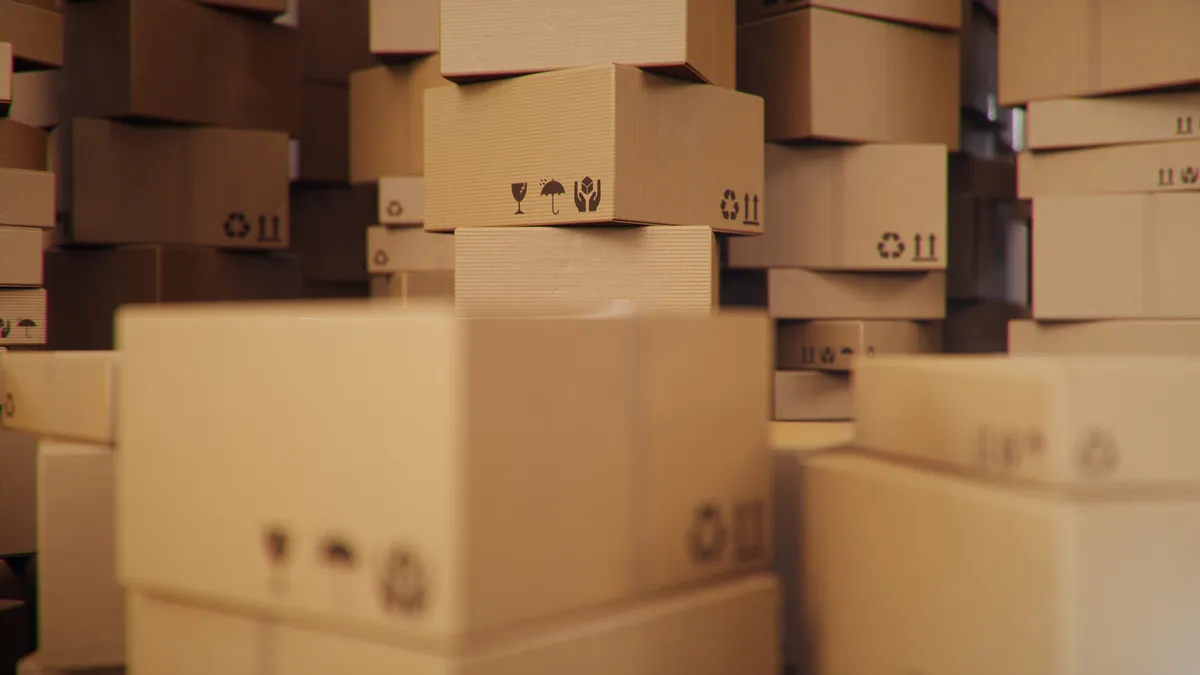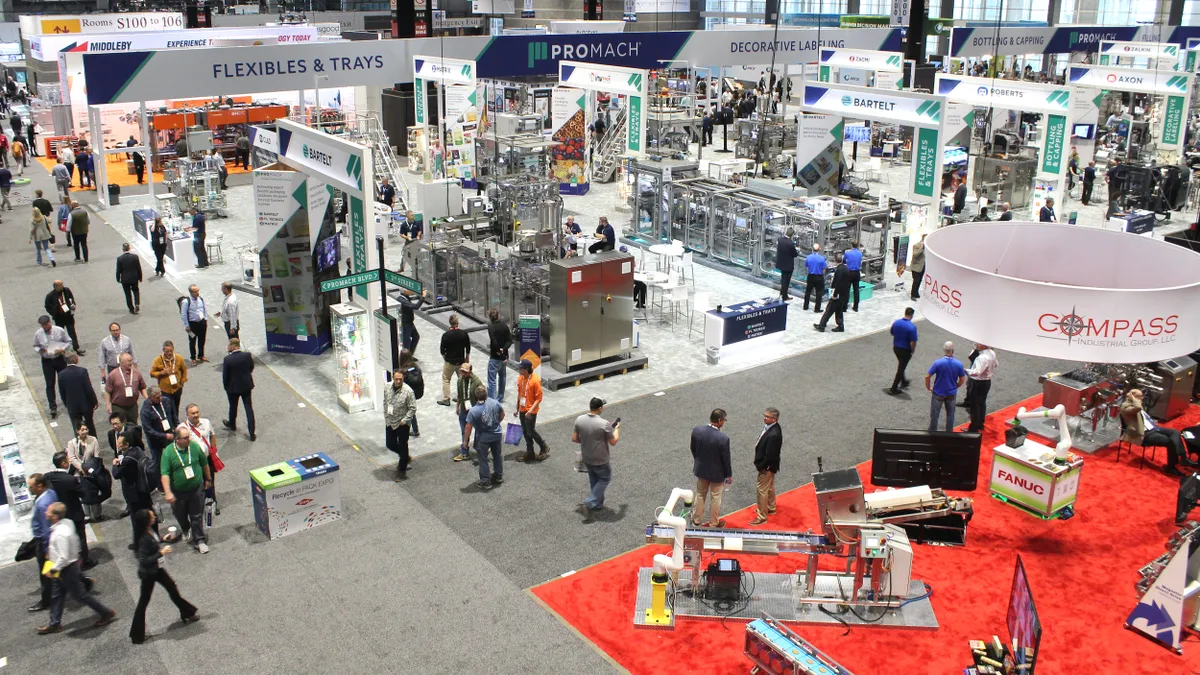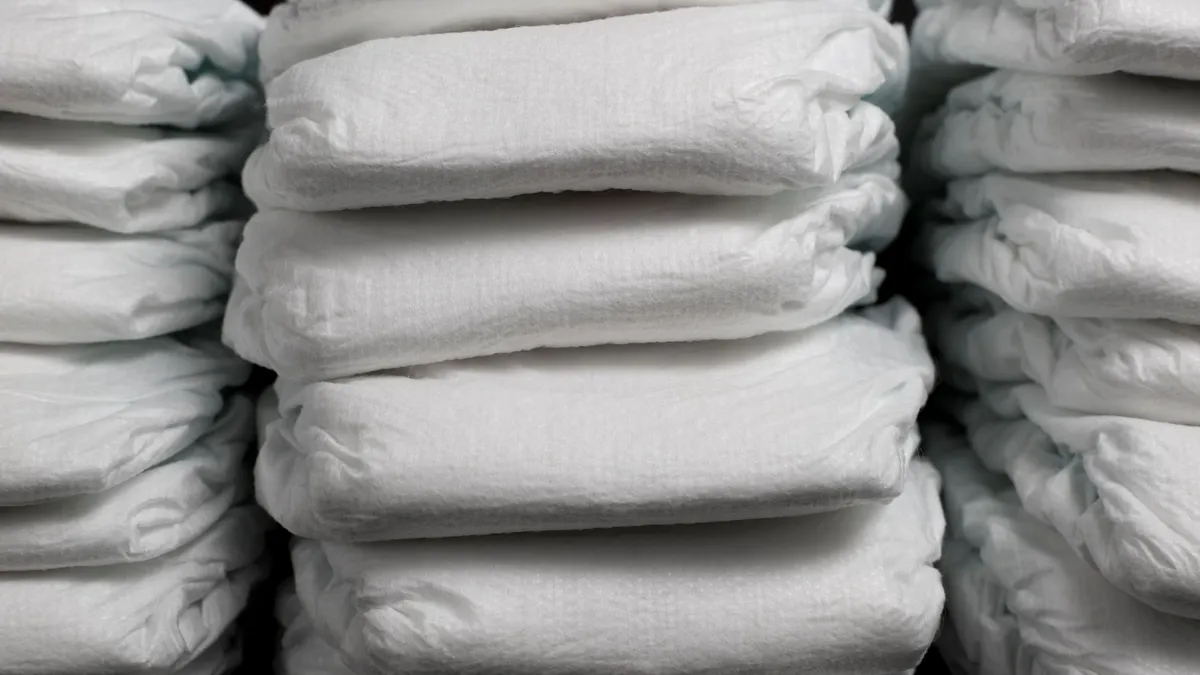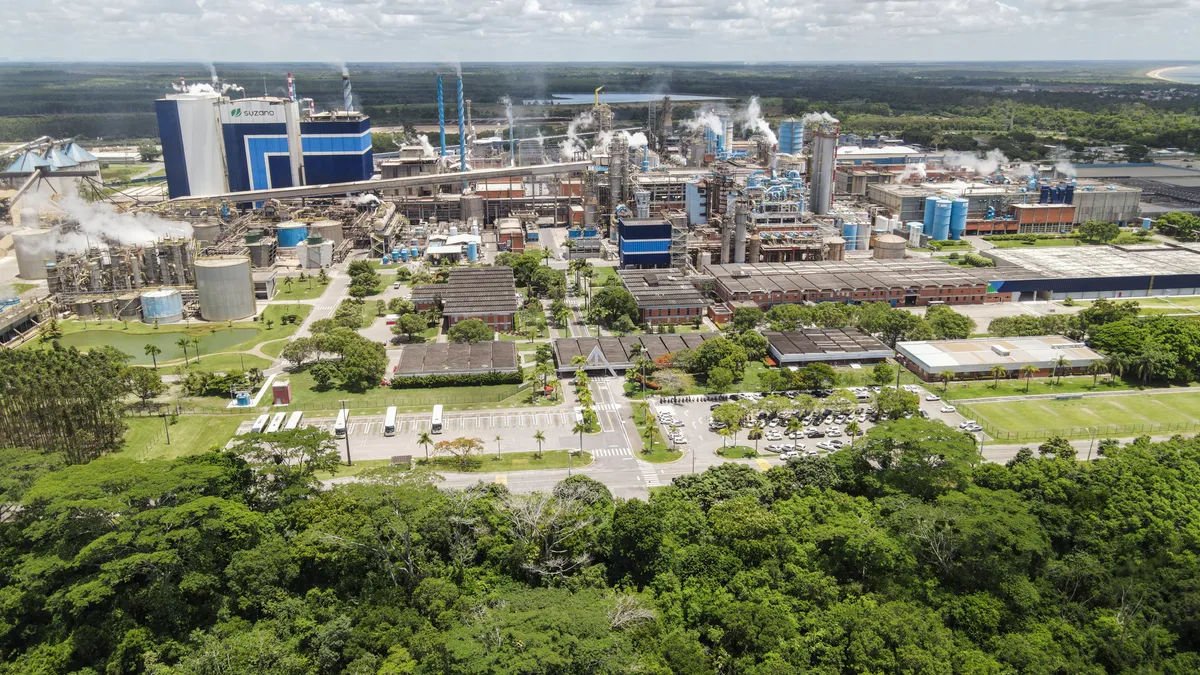It's not your imagination: The fiber packaging space became more consolidated in the last year. Don't expect the M&A trend — or its influence on paper and packaging markets — to slow in the near term, said speakers at the Paper and Plastics Recycling Conference in Chicago on Oct. 24.
Analysts predict paper and packaging companies will continue this consolidation activity, at least for some months. And that M&A will influence the market over the next five to 10 years, such as changing companies’ commercial approaches.
The FOMO factor
Consolidation frequently begets more consolidation, as packaging companies experience a “fear of missing out,” according to the conference speakers. That's occurring in the containerboard space right now, analysts say.
“In our view, M&A often kind of has a little bit of a FOMO effect,” said Gabe Hajde, senior analyst, packaging and paper equity research, at Wells Fargo Corporate & Investment Banking. “We've seen this before, in the mid-2000s, and expect to see it on a go-forward basis.”
As evidence, he pointed to several recent international deals and attempted deals, including the combination of Ireland's Smurfit Kappa and U.S.-based WestRock in July that brought together Europe’s No. 1 and North America’s No. 2 containerboard producers. Meanwhile, U.S.-based International Paper's acquisition of U.K.-based DS Smith is pending, which would combine North America's No. 1 and Europe's No. 2 containerboard producers.
Mondi, having been thwarted in its own bid for DS Smith earlier this year, has moved on to pursuing other deals. It announced this month it would acquire Schumacher Packaging's assets in Western Europe.
Plus, after IP passed up a bid from Suzano earlier this year, the Brazilian company this month closed its purchase of Pactiv Evergreen's mills in Pine Bluff, Arkansas, and Waynesville, North Carolina.
"I suspect that's not going to be the last,” based on Suzano’s desire to diversify geographically," Hajde said, predicting additional activity for both containerboard and boxboard grades. Later that day, Bloomberg reported that Suzano is examining the purchase of smaller U.S. businesses, such as Kraft Group's Rand-Whitney, as an alternative to the failed attempt at IP.
Other notable movement in 2024 includes Clearwater Paper buying Graphic Packaging International's bleached paperboard mill in Augusta, Georgia.
Optimization opportunities
Besides FOMO, the search for synergies and network optimization drives a lot of consolidation, especially amid changing economic conditions. "It's about optimizing your network, taking costs out of the system, and trying to be as efficient as you can," Hajde said.
In recent years, numerous companies have added capacity with new mill openings, most of which have been for recycled substrates. About 15 new containerboard plants with 5 million tons of extra capacity came online in North America from 2020 to 2023, according to earlier estimates from consulting firm Moore & Associates; however, weak demand soon prompted machine shutdowns and the removal of about half of that new capacity.
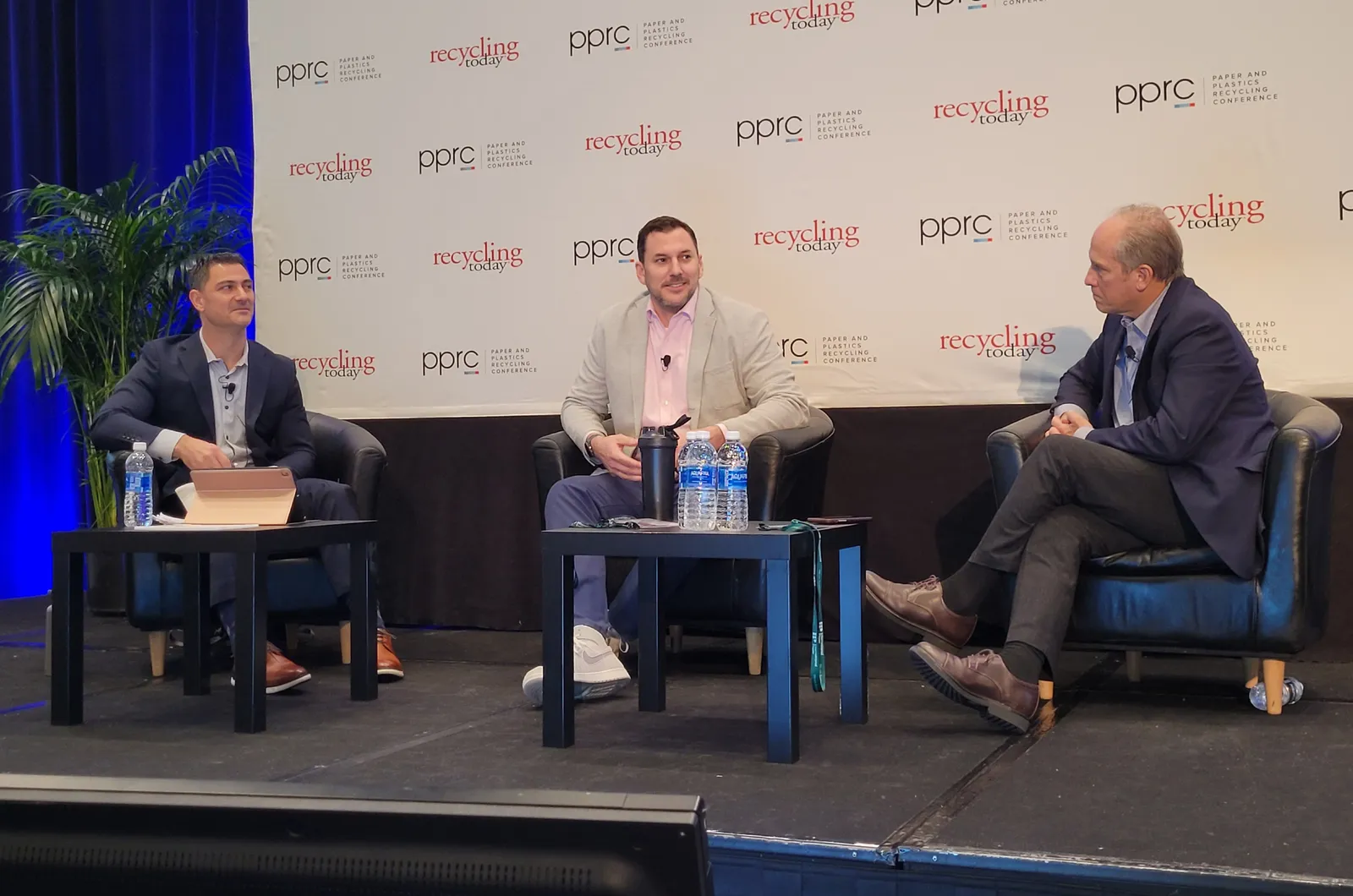
Even with those production cutbacks, “at the end of the day, I think there's too much capacity, both on the converting side and on the mill side,” Hajde said.
His group has identified up to 2.5 million tons of containerboard capacity that could be removed from U.S. producers’ footprints over the next five years. And “we’re hearing from at least two big producers that they're looking to cut production,” he said, pointing to recent downtime at several companies, including International Paper, as well as confirmation last week that IP is closing facilities and implementing layoffs.
Analysts explained that companies often decide to close legacy mills that are expensive to run rather than modernizing and upgrading them. Newer production facilities can run more efficiently and produce fiber grades that meet customer demand for more sustainable packaging products.
“Since 1990, we've seen the advent of new paper mill technologies. Now we're seeing the lighter basis weights with stronger performance characteristics — which is really going to lend itself helpful when EPR becomes a thing,” said Ryan Fox, corrugated packaging market analyst at Bloomberg Intelligence. Moving toward production of recycled substrates or those derived from alternative sources, such as eucalyptus, allows producers to expand their margins and it also has environmental benefits, he said.
Evolving commercial approach
Paper and packaging companies' M&A activity is related to an evolution of the commercial approach, speakers said.
While numerous executives have leaned into the “value over volume” approach, companies across the industry employ different strategies to achieve it. IP's new CEO Andy Silvernail in July introduced a simplification plan, whereas Smurfit Westrock CEO Tony Smurfit “talked a lot about engineering complexity into the supply chain,” Hajde said. These are “two seemingly very different philosophies,” with the most effective strategy probably "somewhere in the middle,” according to Hajde.
Certain companies pursue growth via acquisitions, but others remain focused primarily on organic growth. For example, Packaging Corporation of America has traditionally grown organically — with the 2013 acquisition of Boise Inc being a notable exception. “They've always run probably a 90-plus percent vertical integration, and it's perceived as creating value,” Hajde said.
Conversely, IP pursued numerous deals to grow and create value. For instance, it acquired Temple-Inland in 2012 and made multiple unsuccessful plays for Smurfit Kappa in 2018.
When IP announced in September 2023 that it would undergo a CEO change, “I don't think many investors, quite frankly, were expecting a $10 billion transatlantic deal” to occur simultaneously, Hajde said. In fact, IP itself likely didn't anticipate buying anything in that timeline, but the opportunity presented itself with DS Smith, he added.
Different commercial models exist for businesses that solely make products — the converter model — versus those that are integrated and produce their own materials as well, such as at mills. The latter model is much more capital intensive, speakers said.
The historical trend in fiber is to integrate to ensure all elements from mills to box plants are part of a single entity "because fiber tends to do well when it travels inside an organization,” said Ron Sasine, principal at retail packaging consulting firm Hudson Windsor. But the story is different in the plastics industry, in which petrochemical companies that produce virgin plastic feedstock are separate from the plastics producers.
“If we capture that, we start to see why certain decisions are made in the fiber industry and why they're not made on the other side,” Sasine said.
All factors considered, “I do think there’s going to be additional M&A in the [fiber] marketplace,” Hajde concluded.



